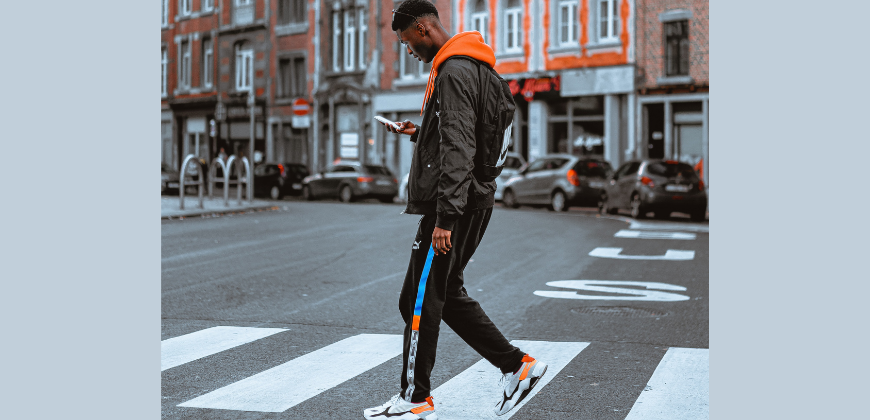Racial disparities in traffic fatalities may be much worse than what experts have previously reported, a new study reveals.
Last year, the Governors Highway Safety Association and National Highway Traffic Safety Administration acknowledged the apparent racial inequity in traffic deaths.
However, according to the American Journal of Preventive Medicine, the racial disparity in deaths that occur from traffic incidents is even wider than projected last year, especially for “vulnerable” modes of travel like walking and cycling.
Per ABC News, the study found that the Black fatality rate for car drivers and passengers was 1.8 times higher than that of the death rate for white Americans.
More, Black pedestrians die at a rate 2.2 times higher than their white counterparts, and for Black cyclists the rate jumps to 4.5 times higher.
Hispanic Americans also experience similar, disproportionate rates of traffic fatalities, but the gap remains the widest for Black Americans.
Philadelphia resident Latanya Byrd, whose sons were hit and killed by driver in 2013, pointed to the lack of investment in protected walkways and bicycle paths for working class communities and communities of color as an explanation for the disparities.
“It can be the same road that’s getting fixed every year, and it’s nowhere near as bad as the roads in the lower-income section of the city,” Byrd told ABC News.
Ernani Choma and Matthew Raifman, authors of the study, said previous estimates of national traffic fatalities didn’t take into account that all races and ethnicities don’t walk or drive the same number of miles.
Black and Hispanic Americans bike and walk fewer miles than White Americans, yet still die at higher rates, according to Choma.
“It might indicate that, for example, Black Americans or Hispanic Americans are less able to cycle, they don’t have access to transportation in that way,” CHoma said. “Maybe it’s less bike lanes. Maybe they don’t even bike because they feel unsafe.”
Raifman added that the data also highlights disparities in medical care including emergency response times, quality of care, and insurance access.
“Traffic fatalities don’t necessarily occur at the point of the collision,” Faifman said. “Some people die in a hospital or an emergency room or en route to an emergency room.”
The study’s authors hope that lawmakers will take action to address the widening racial gap in traffic fatalities.
“We have these two big challenges. We have structural racism, and we have traffic fatalities, and they’re related. They’re interlinked,” Raifman said. “Instead of just investing in reducing traffic fatalities, why not do it in a way that’s also addressing the systemic, structural racism challenges in our society?”
Get the latest news 24/7 on The Black Information Network. Listen now on the iHeartRadio app or click HERE to tune in live.









